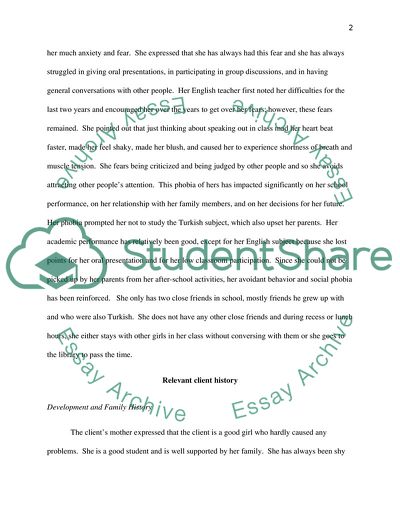Cite this document
(“Management of Social Phobia with Psycho-education Research Paper”, n.d.)
Management of Social Phobia with Psycho-education Research Paper. Retrieved from https://studentshare.org/psychology/1434399-psychological-case-study-social-phobia
Management of Social Phobia with Psycho-education Research Paper. Retrieved from https://studentshare.org/psychology/1434399-psychological-case-study-social-phobia
(Management of Social Phobia With Psycho-Education Research Paper)
Management of Social Phobia With Psycho-Education Research Paper. https://studentshare.org/psychology/1434399-psychological-case-study-social-phobia.
Management of Social Phobia With Psycho-Education Research Paper. https://studentshare.org/psychology/1434399-psychological-case-study-social-phobia.
“Management of Social Phobia With Psycho-Education Research Paper”, n.d. https://studentshare.org/psychology/1434399-psychological-case-study-social-phobia.


